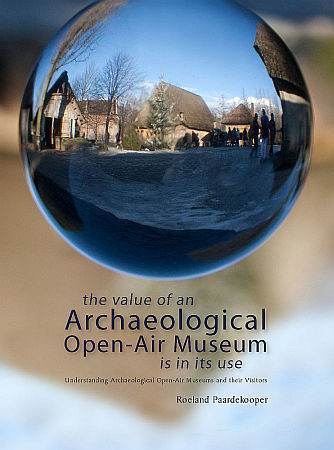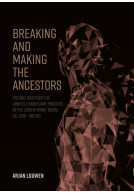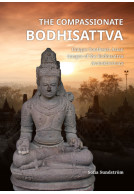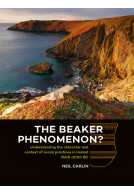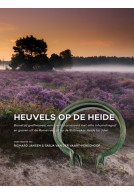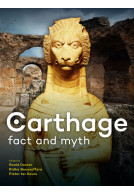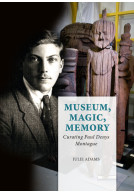Google Books previews are unavailable because you have chosen to turn off third party cookies for enhanced content. Visit our cookies page to review your cookie settings.
The Value of an Archaeological Open-Air Museum is in its Use (Paperback)
Imprint: Sidestone Press
Pages: 300
ISBN: 9789088901034
Published: 31st January 2013
Script Academic
Pages: 300
ISBN: 9789088901034
Published: 31st January 2013
Script Academic
Please note this book may be printed for your order so despatch times may be slightly longer than usual.
You'll be £55.00 closer to your next £10.00 credit when you purchase The Value of an Archaeological Open-Air Museum is in its Use. What's this?
+£4.99 UK Delivery or free UK delivery if order is over £40
(click here for international delivery rates)
Need a currency converter? Check XE.com for live rates
(click here for international delivery rates)
Need a currency converter? Check XE.com for live rates
There are about 300 archaeological open-air museums in Europe. Their history goes from Romanticism up to modern-day tourism. With the majority dating to the past 30 years, they do more than simply present (re)constructed outdoor sceneries based on archaeology. They have an important role as education facilities and many showcase archaeology in a variety of ways. Compared to other museum categories, archaeological open-air museums boast a wide variety of manifestations.This research assesses the value of archaeological open-air museums, their management and their visitors, and is the first to do so in such breadth and detail. After a literature study and general data collection among 199 of such museums in Europe, eight archaeological open-air museums from different countries were selected as case studies. They included museums in a very varied state with different balances between public versus private funding levels on the one hand, and on the other the proportion of private individuals to educational groups among their visitors.The issue of ‘quality’ was investigated from different perspectives. The quality as assessed by the museum management was recorded in a management survey; the quality as experienced by their visitors was also recorded using a survey. In addition on-site observations were recorded. Management and visitors have different perspectives leading to different priorities and appreciation levels.The studies conclude with recommendations, ideas and strategies which are applicable not just to the eight archaeological open-air museums under study, but to any such museum in general. The recommendations are divided into the six categories of management, staff, collections, marketing, interpretation and the visitors. They are designed to be informative statements of use to managers across the sector.
Other titles in Sidestone Press...







